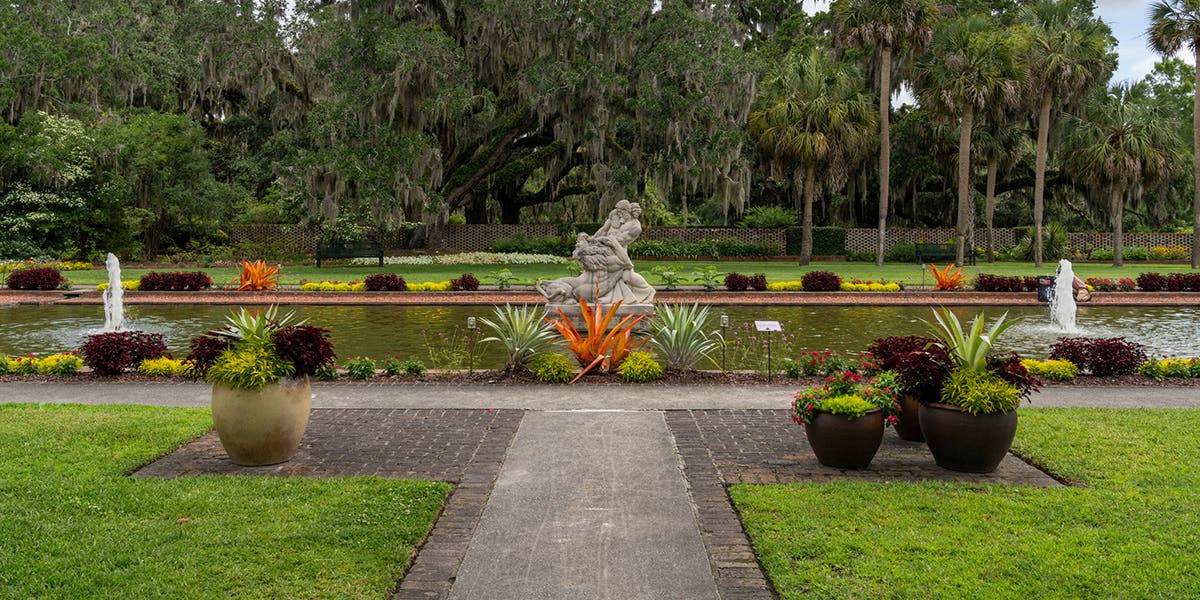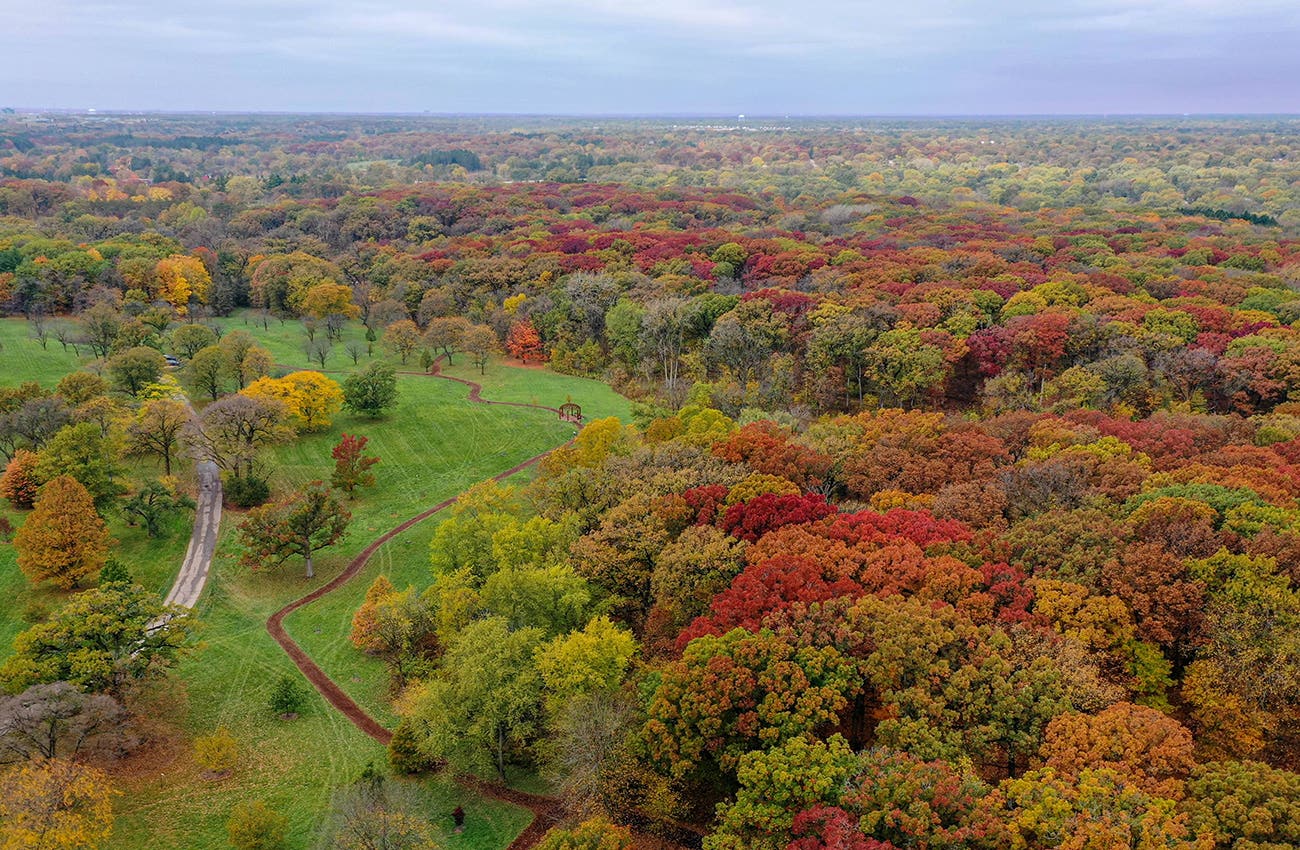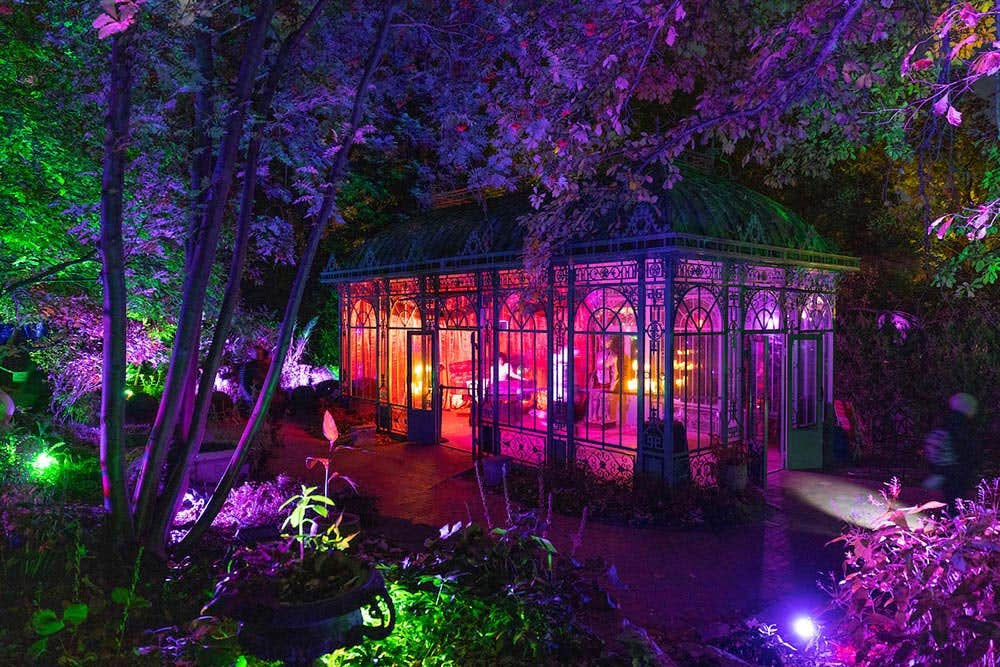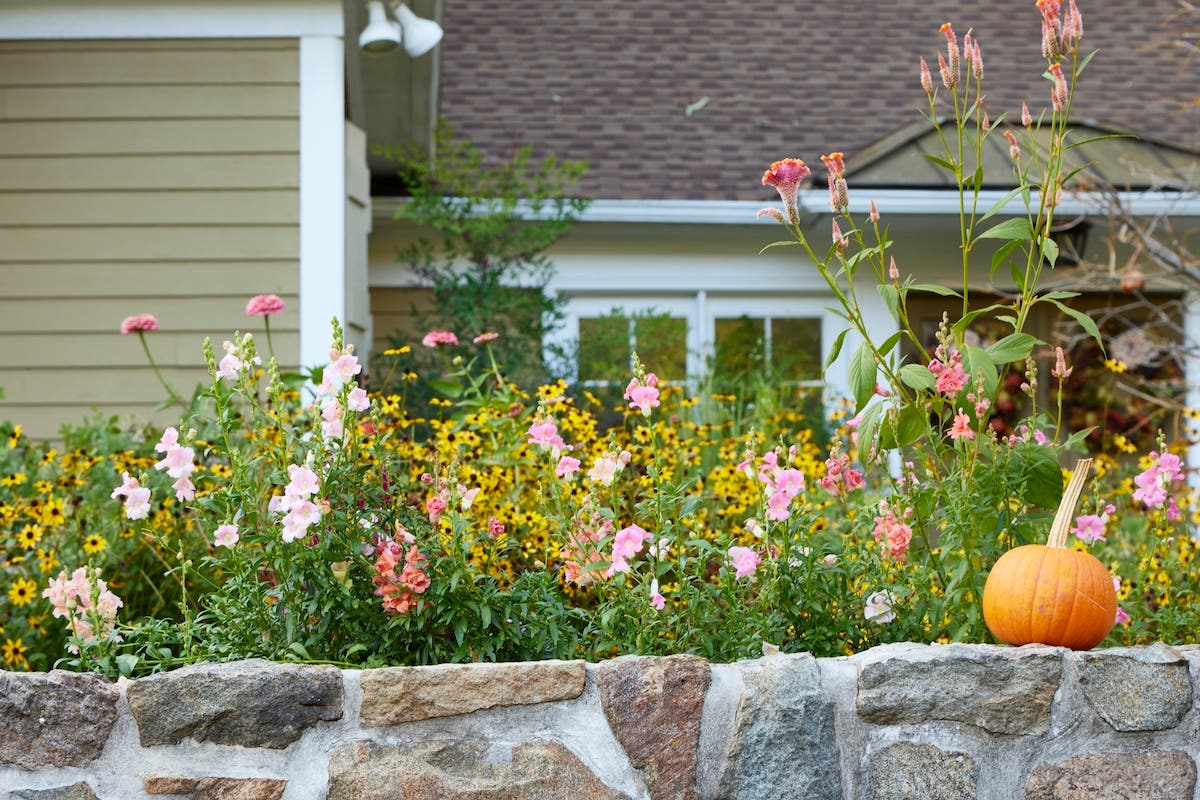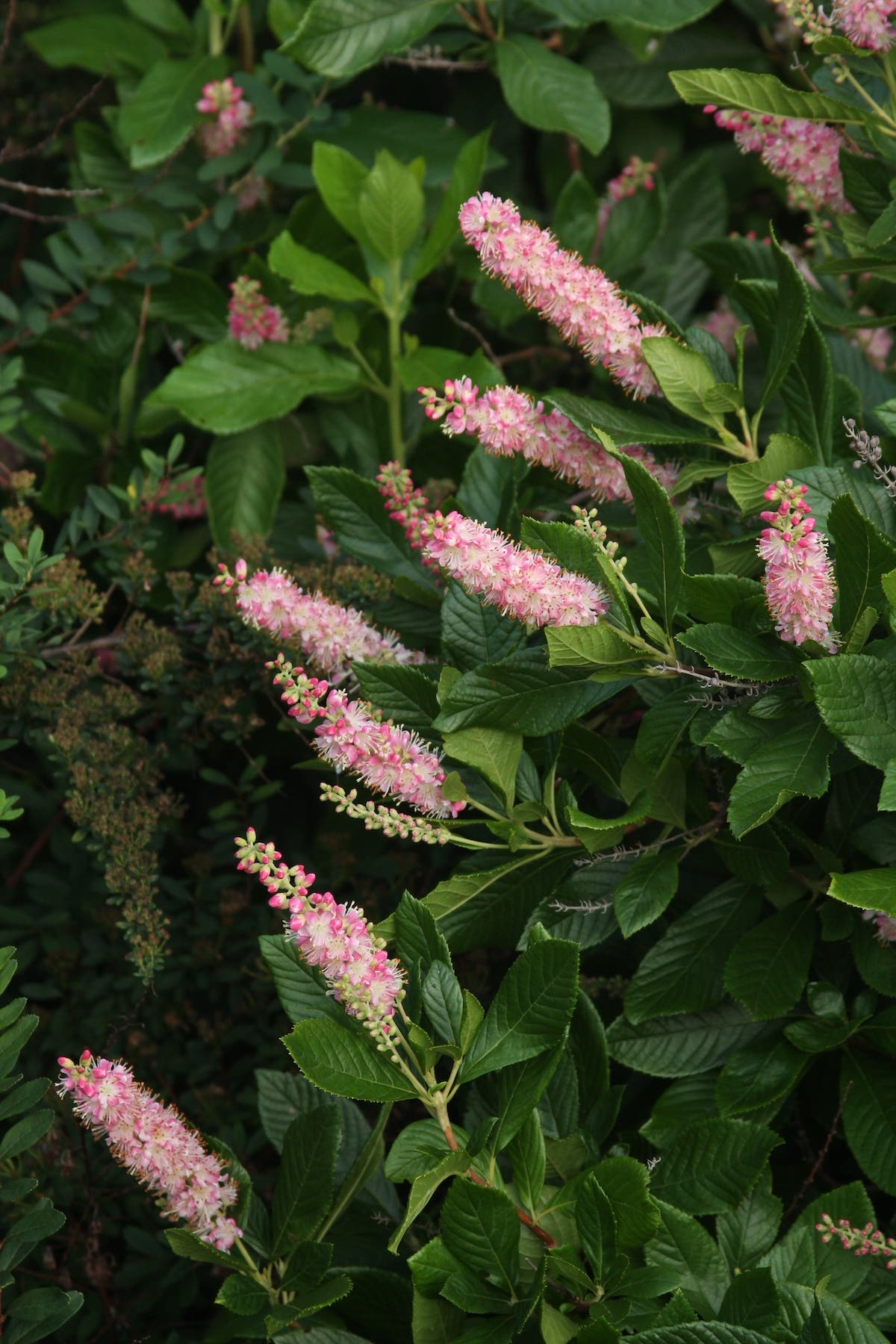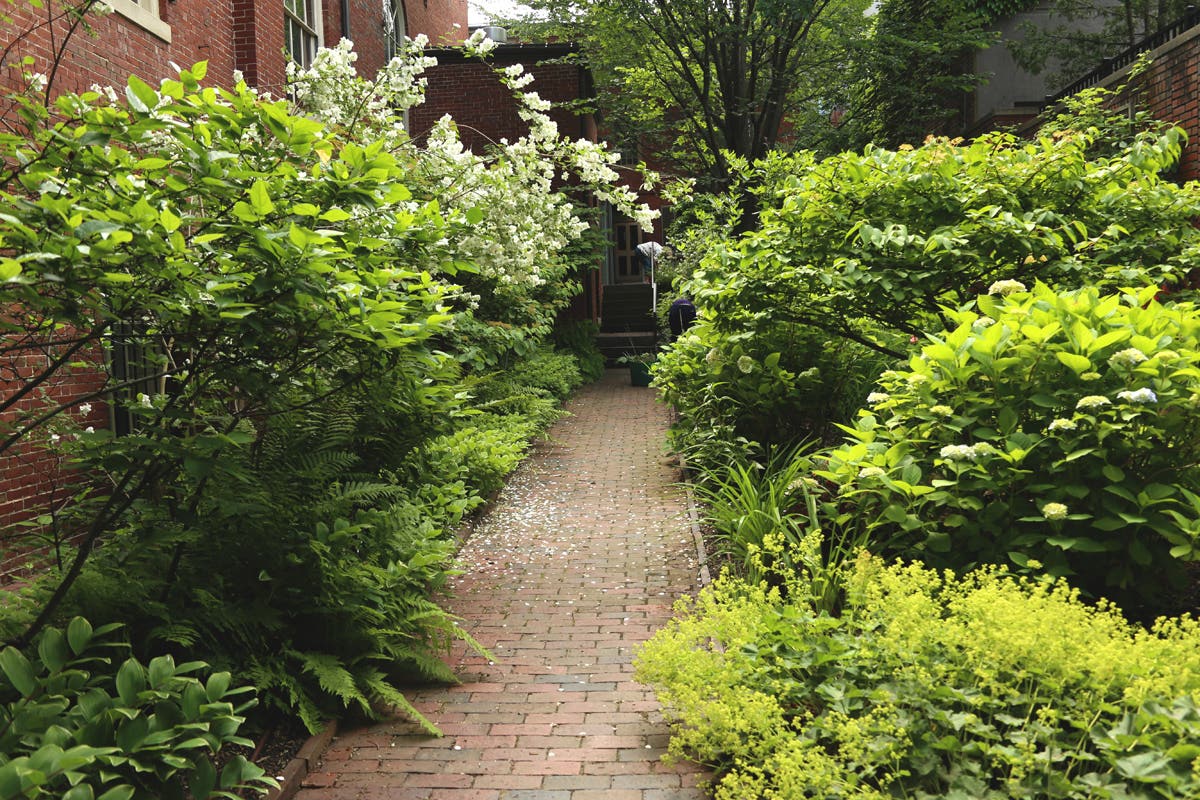Plants with variegated leaves—that is, green broken up by stripes, splashes or spots of white, silver, cream or yellow—can add a brightness and definition to beds and borders and bring interest to a dark corner. These "foliage first" plants also provide consistent points of interest, bridging the garden's floral peaks.
Despite this, gardeners sometimes shy from using variegated plants out of a fear that they'll make the scene look busy. This can be easily avoided by keeping several points in mind when choosing and positioning a variegated plant:
- A bold stripe down the middle of the leaf or a neat outline running the edge of the leaf can be more eye-catching than irregular splashes or overall mottling. Therefore put such boldly variegated plants as focal points and use more subtly variegated plants as accents or background players.
- Too many variegated plants used close together can indeed be discordant. You can include more than one kind of variegated plant, though. Just be sure to mix plenty of solid leaves among them.
- If placing variegated plants next to each other, choose ones with a contrasting leaf texture or shape. (Related: "Using Foliage Texture in the Shade Garden") For example, place a wide-leaved variegated plant, like the Siberian bugloss (Brunnera macrophylla) shown here, next to something with small or skinny leaves, like a variegated forestgrass (Hakonechloa macra).
- You don’t have to mix variegated plants with just green plants. Try them with all-silver or all-gold foliage, too. But match them carefully: Plants with white or cream markings go best with plants with silver foliage. (Related: "Stunning Silver Plants for Dry Times") Plants with yellow or gold markings go best with plants with gold foliage. (Related: "Shade Gardens Come Alive With Gold Foliage")
- Variegated evergreens will make an impression in all seasons, so plan carefully. Think about the colors of the flowers near a variegated evergreen in spring and summer; the colors of adjacent deciduous leaves as they change in fall; and even the colors of nearby bare branches or stems in winter.
mgodfreyAuthor
Related Stories


